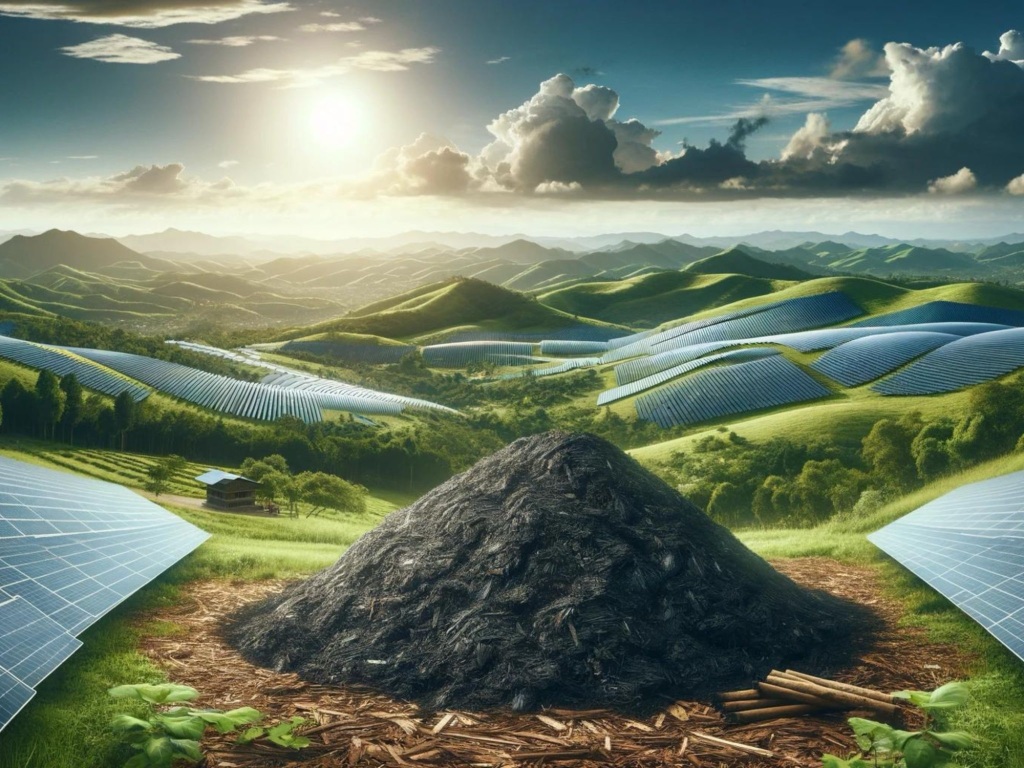
In a recent study published in the journal Fuel, researchers developed a novel biochar-based nanocomposite, incorporating metallic elements, for enhancing photocatalytic hydrogen production. The research, led by Abdelmoumin Yahia Zerga and colleagues, utilized sewage sludge-derived biochar to construct a BC/TiO2 composite. This innovative approach significantly improved hydrogen production through photocatalytic water splitting.
The study explored the synergistic effects between titanium dioxide (TiO2) and biochar, which facilitated increased electron transfer rates and photocatalytic efficiency. The presence of metals such as Ni, Cu, Mn, Zn, and Fe within the biochar structure played a crucial role in this enhancement. By integrating these metals into the biochar and forming a multi-layered heterojunction structure, the researchers achieved a hydrogen production rate that was 5.50 times greater than that of pure TiO2.
Key operational parameters, such as the calcination process, catalyst loading, type of sacrificial reagent, and irradiation time, were optimized to maximize hydrogen evolution. The composite demonstrated excellent stability and recyclability over multiple cycles, maintaining its effectiveness in hydrogen production.
This breakthrough offers a promising route for sustainable energy generation, utilizing low-cost materials and solar energy to produce hydrogen, a clean and renewable fuel. The utilization of waste-derived biochar not only enhances photocatalytic efficiency but also contributes to waste valorization, marking a significant step forward in the field of sustainable energy technologies.






Leave a comment